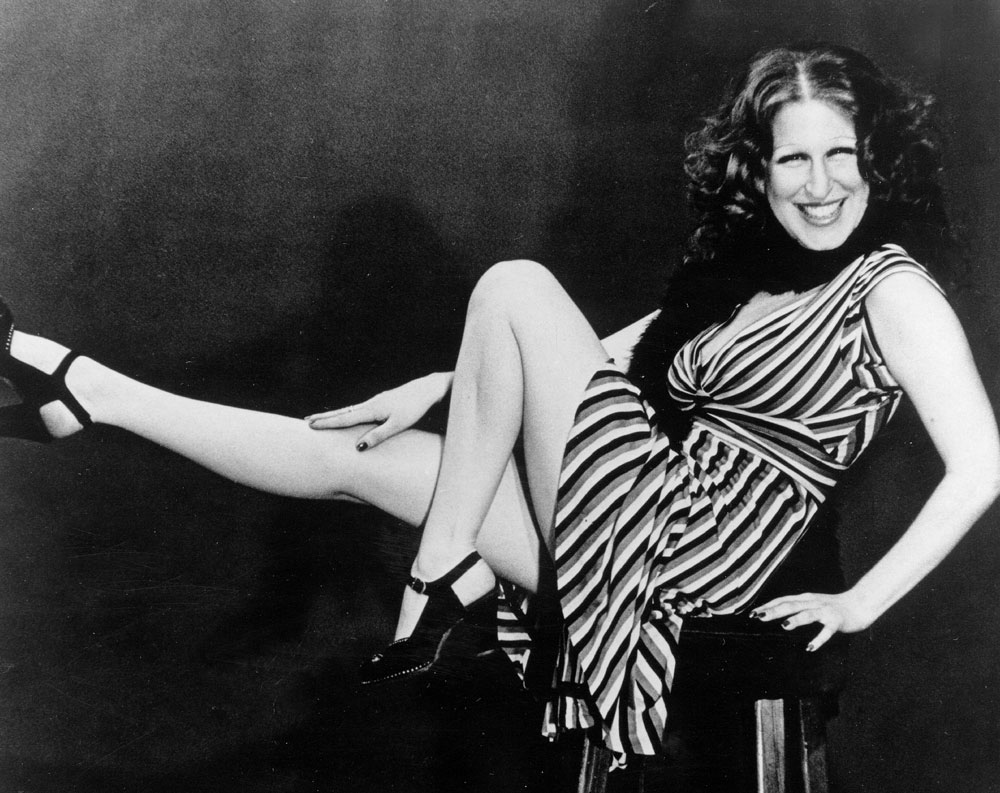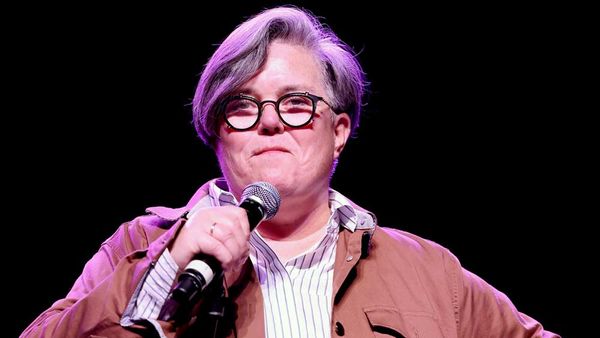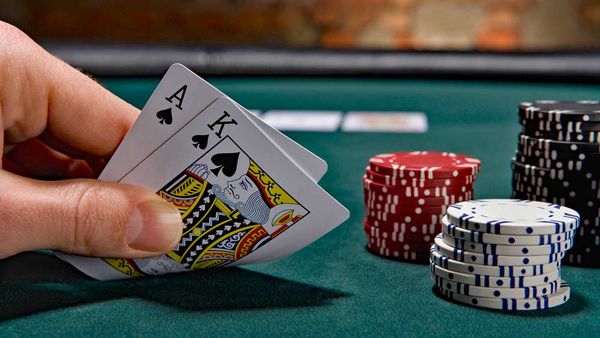Apr 19
WANNA EDGE? In a Post-PrEP Era, are Bathhouses Coming Back to Life?
Jake Myers READ TIME: 5 MIN.

Welcome to WANNA EDGE? – EDGE's new sex column by Jake Myers, who is a Licensed Marriage & Family Therapist based in Los Angeles, Calif.
For a while, it seemed like bathhouses had become relics of a bygone era.
These vibrant playgrounds for gay guys to frolic in tiny white towels were once the go-to place for those who were feeling frisky. If you think about it, it's kind of amazing that we had a reliable place to go where you could pretty much always count on a hookup, or at least bask in the possibility of that dream specimen coming around the corner and giving you the "nod."
Bathhouses weren't just a place to have sex with no strings attached. They had gyms, pools, cafes, hot tubs, steam rooms, video rooms, and of course, private rooms with lube-drenched "beds," akin to the rubbery mattress pads of a small jail cell (which we somehow didn't mind). Even a few decades ago, a bathhouse, or a "men's spa," was like a Shangri-La for a burgeoning gay man who, with the right mix of party favors, could literally spend an entire weekend in a constant rotation of seeking and satisfying. Some baths, like "The Hollywood Spa" in Los Angeles, even had a DJ, keeping the party going as a sort of after-hours when the club closed down.
But over the years, bathhouses seemed to get hit with one blow after another, slowly clearing out the crowds, and often shuttering doors. But like a fabulous phoenix who rises from the ashes, are we now in a new era where bathhouses are beginning to thrive again? And what's responsible for the turnaround?
Gay saunas have been around forever... and we do mean forever. Records of men meeting other men for sex in bathhouses date back to the 15th century, but there are even earlier reports of man-on-man activity in Greece and Rome, where the pubic baths were the hub of all the action.
In the West, when same-sex acts were illegal in most countries, bathhouses were a place to get needs met, that is, if they weren't raided by police. In the '70s, the boys were even entertained by none other than the iconic Bette Midler and Barry Manilow, who got their start singing in the baths (Check out some incredible archival footage of Midler in 1971 at the-now-abandoned Continental, who's owner just passed a couple months ago at the age of 91).

The first hit to the iconic bathhouse era is obvious: the rise of HIV/AIDS. As the illness ravaged our community in the '80s and early '90s, bathhouses became ghost-towns as we feared for our very lives, especially without the community support and information we needed to fight the spread of the disease. Then, as HIV medications meant the disease was no longer a death sentence, bathhouses had a bit of a resurgence. The next challenge was the crystal meth epidemic, which swept through the gay community at an alarming rate in the 2000s. Bathhouses became a big drug scene, scaring away those who weren't into all the debauchery. Reports of messy behavior, overdoses, and even deaths, cast a somber shadow over the party.
Next came the bathhouse's biggest enemy to date, which might have been the final nail in the coffin for many establishments: the invention of GPS-enabled hook-up apps. When Grindr launched in 2009, suddenly everything changed. Now, when you were feeling horny, you no longer had to go to a location to cruise other amped-up guys who were also on the prowl. The gay bar, and especially the gay bathhouse, were no longer needed. All you had to do was send a quick message to the guy two blocks over, and boom, the deed was done. Why pay an entrance fee when you could invite however many guys you wanted over to your pool house for drinks and naked fun?
And then, of course, came the COVID-19 pandemic; another last straw for many institutions that were hanging on by a thread. With masks required, hot tubs closed, and social distancing, it was easier to just sit home on a webcam instead. That said, as more places hung up the "closed" sign, with dwindling attendance and higher rent prices, a few still held on, hoping the nostalgia of the past might keep them afloat.
So where are we today? According to a 38-year-old gay man we interviewed named "Michael," who chose to be anonymous (and is a fixture in the bar and party scene in Los Angeles), bathhouses are on the rise again. This seemed surprising to us, so we pressed him for more.
"Why now, would such a relic from the past be gaining traction, in a world where queer apps are everything?" EDGE asked him.
"Now that COVID is all but a thing of the past, gay men are even more hungry to congregate and gather, after being separated and isolated for so long," Michael explained. "Group events are coveted, after being alone or in regimented one-on-one encounters for several years. Guys want the fun of a party atmosphere again."
Makes sense, but is that all?
He continues: "The biggest factor, however, is PrEP. For a long time, guys were still worried about catching HIV in places that are notorious for a lot of diseases being spread. A bathhouse or sex club where you might have 2 or 3 (or more) partners a night could mean a lot more probability of getting infected."
He explains that with PrEP, the fear of that is much lower, and younger generations of guys are discovering the fun of hanging out in a spa-like atmosphere, without ever experiencing that weight of fear on their shoulders. "They are much freer," Michael says, "and love the idea of the group setting." This may be accurate, considering the hook-up app Sniffies also has a popular "Group/Sex Party" feature.
So, in a post-PrEP, post-COVID world, younger LGBTQ+ individuals may be seeking physical spaces for socializing and sexual exploration. There are still several Flex establishments in cities like Cleveland, Atlanta, and Los Angles, and sex clubs like Slammer still exist in many places (including a new club in Palm Springs, CA called Club541). In Chicago, Steamworks survived, as did the one in Berkeley, California.
Like them or not, bathhouses will forever be part of our culture, and while they once seemed like our history, it looks like they just might be the future, too.




